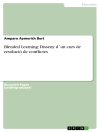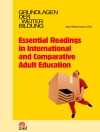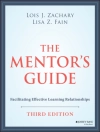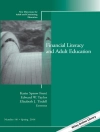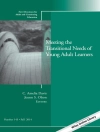This book explores effective approaches for communicating science to the public in developing countries. Offering multiple perspectives on this important topic, it features 17 chapters that represent the efforts of 23 authors from eight countries: Australia, Bangladesh, India, Ireland, New Zealand, USA, Singapore and South Africa.
Inside, readers will find a diversity of approaches to communicate science to the public. The book also highlights some of the challenges that science communicators, science policy makers, science teachers, university academics in the sciences and even entrepreneurs may face in their attempts to boost science literacy levels in their countries. In addition, it shares several best practices from the developed world that may help readers create communication initiatives that can lead to increased engagement with science in communities in the Asia Pacific region and beyond.
Given the pervasive influence of science and technology in today’s society, their impact will only increase in the years to come as the world becomes more globalized and the economies of countries become more inter-linked. This book will be a useful source of reference for developing countries looking to tap into the potential of science for nation building and effectively engage their communities to better understand science and technology. Supported by the Pacific Science Association, Hawaii.
Cuprins
Schools.- Promoting science literacy via science journalism: Issues and challenges, Billy Mc Clune, and Ruth Jarman.- Science clubs: An under-utilized tool for promoting science communication activities in schools, M. Shaheed Hartley.- Developing scientific literacy from engaging in science in everyday life: Ideas for science educators, Teo Tang Wee and Lim Kim Yong.- The nature of science kits in affecting change in public attitude towards and understanding of science, Daniel Dickerson and Craig Stewart.- Field trips to industrial establishments: Infinite opportunities for popularizing science, Irene Tan and Charles Chew.- Science centers.- A role for science centers in communicating science – A personal view, Graham Durant.- Science communicators as commercial and social entrepreneurs, Graham Walker.- Assessing science communication effectiveness: Issues in evacuation and measurement, Rod Lamberts and Catherine Rayner.- Universities.- Graduate degree programs in science communication: Educating and training science communicators to work with communities, Nancy Longnecker and Mzamose Gondwe.- Outreach activities by universities as a channel for science communication, Lloyd Spencer Davis.- Role of learned societies in science communication, Leo Tan Wee Hin and R. Subramaniam.- Science Olympiads as vehicles for identifying talent in the sciences: The Singapore experience, Shirley S. L. Lim, Horn-Mun Cheah and Tzi-Sum Andy Hor.- Challenges facing developing countries in the promotion of science communication, Leo Tan Wee Hin and R. Subramaniam.- General communication initiatives.- Web-based channels for science communication, Karen Bultitude.- Science communication through mobile devices, Oum Prakash Sharma.- Café scientfiques, Duncan Dallas.- Television as a medium of science, M. Shamsher Ali.


